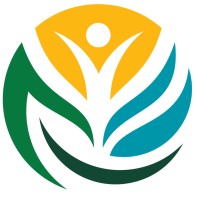Proposition 65, officially known as the Safe Drinking Water and Toxic Enforcement Act of 1986, was enacted as a ballot initiative in November 1986. The law protects the state's drinking water sources from being contaminated with chemicals known to cause cancer, birth defects or other reproductive harm, and requires businesses to inform Californians about exposures to such chemicals.
Proposition 65 requires the state to maintain and update the list of chemicals subject to the law’s requirements.
Questions about Proposition 65? Visit our Proposition 65 Warnings website.
Proposition 65 Resources
About Proposition 65
The Safe Drinking Water and Toxic Enforcement Act
The Proposition 65 List
The current Proposition 65 list is dated January 03, 2025
Meetings, Hearings and Workshops
Upcoming and past meetings, hearings and workshops
Notices
All Proposition 65 Notices
Laws and Regulations
Links and downloads related to Proposition 65 statute and regulations
Warnings
Visit this website to learn about warnings for exposures to chemicals on the Proposition 65 List
How chemicals are added to the Proposition 65 list
Learn how chemicals are added to the list
Safe Use Determinations
A Safe Use Determination (SUD) is a written statement issued by OEHHA, interpreting and applying Proposition 65 regulations to specific facts in response to a request by a business or trade group
Interpretive Guidelines for Proposition 65
An Interpretive Guideline interprets Proposition 65 regulations as applied to specific facts
Information Letters
Letters about Proposition 65's application from OEHHA to interested parties
Warning Regulations
Clear and reasonable warnings
Searchable Proposition 65 Chemical Database
Search the Proposition 65 Chemical Database
Safe harbor levels
Proposition 65 No Significant Risk Levels (NSRLs) and Maximum Allowable Dose Levels (MADLs)
